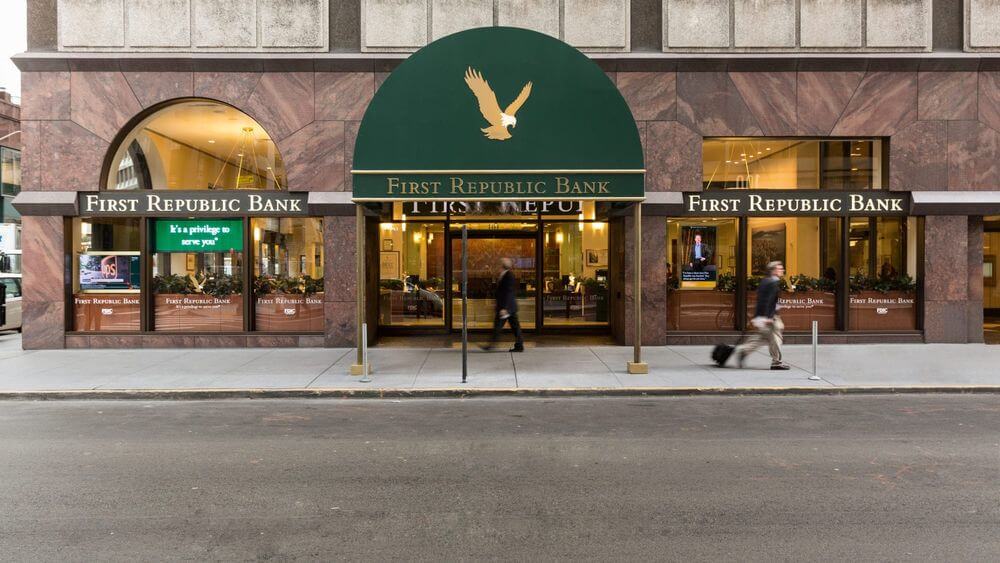By GEORGE LAGARIAS
ANOTHER week, another regional bank failure. First Republic, a 37-year-old San Francisco institution became the third US regional bank — and fourth in a row to fail, including Credit Suisse.

Apart from the actual day of the failure — curiously, a Monday as opposed to the classic Friday — there isn’t much to write home about. First Republic had been on life support since the week after SVB’s failure, with slim chances of recovery. The Federal Deposit Insurance Company (FDIC) stepping in was simply the signing of its official death certificate.
When rates are high, smaller lending organisations may fail. It’s part of the game. SVB and Signature went under, and First Republic followed. And while it is the problematic entities that failed, the pressure continues throughout the US banking system. Peripheral banks are still using the Fed’s discount window.
The fact that the bank was allowed to fail on a Monday, instead of a Friday — which would give markets some time to digest the news — suggests that regulators didn’t fear a market backlash. When the US market opened, stocks barely moved, ending the session nearly flat. The yield on the US 10-year bond inched upward, but not significantly.
The market still expects the US central bank to go ahead with at least one more rate hike. Jay Powell’s policy team is expected to provide some guidance regarding further rate hikes. Whereas the bond market isn’t pricing-in any further tightening, strategists in Wall Street expect that the Fed, which has already acknowledged that credit conditions are tighter, could squeeze in one more hike until pausing.
That means that the Fed remains undaunted by bank failures (hey, they happen), or by the fact that interest rates will now be higher than actual inflation.

And with all that happening, we are closing in on the much-anticipated debt ceiling fight in US Congress. The fact that the dollar steadily loses ground against gold (and perhaps other currencies) as a global reserve goes largely unnoticed.
Bond markets remain by and large unperturbed. Lawmakers have used the threat of the debt ceiling so many times, why should this be different? The previous administration’s decision to loosen regulations for smaller banks arguably contributed to the present peripheral banking crisis.
So did the decision to give cash to all Americans during the pandemic, which led to higher inflation and inescapably higher interest rates. Should we be fearful when policymakers are greedy, rather than the markets? Historically, the answer is yes — but over the longer term. Congress and the Fed have ways to mitigate a debt default if it causes a crisis.
And the central bank can always print money and reduce rates if the market is collapsing as a result of a self-induced crisis. Policymakers are bullish and take risks because they presume that they have the power to fix the things they broke.
But those fixes are usually short-term. This will be reflected in short-term, tactical asset allocation.
Lack of trust in the world’s risk-free asset, the US Treasury, is bound to have long-term implications for investors. Banks breaking are bound to change consumer behaviour.




























